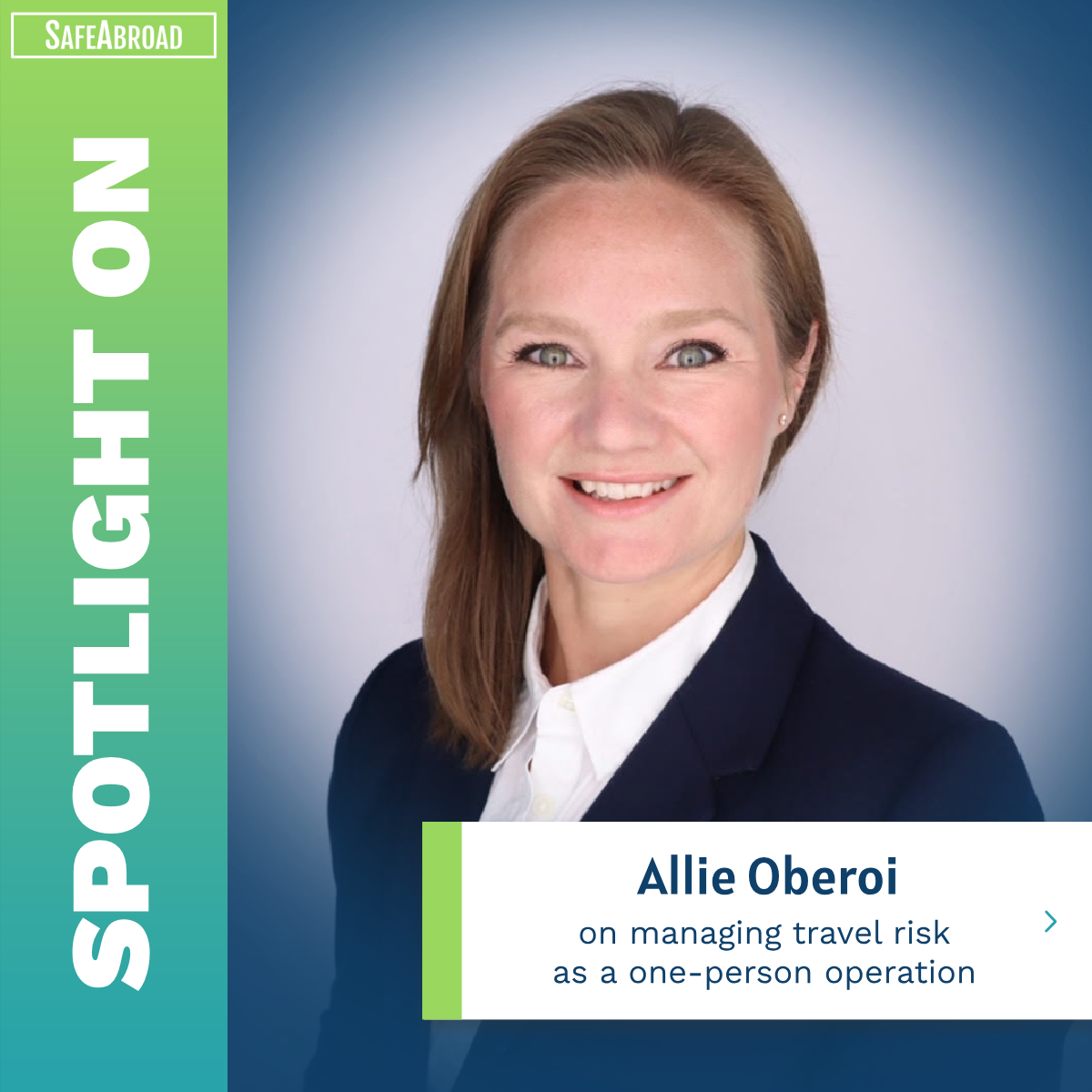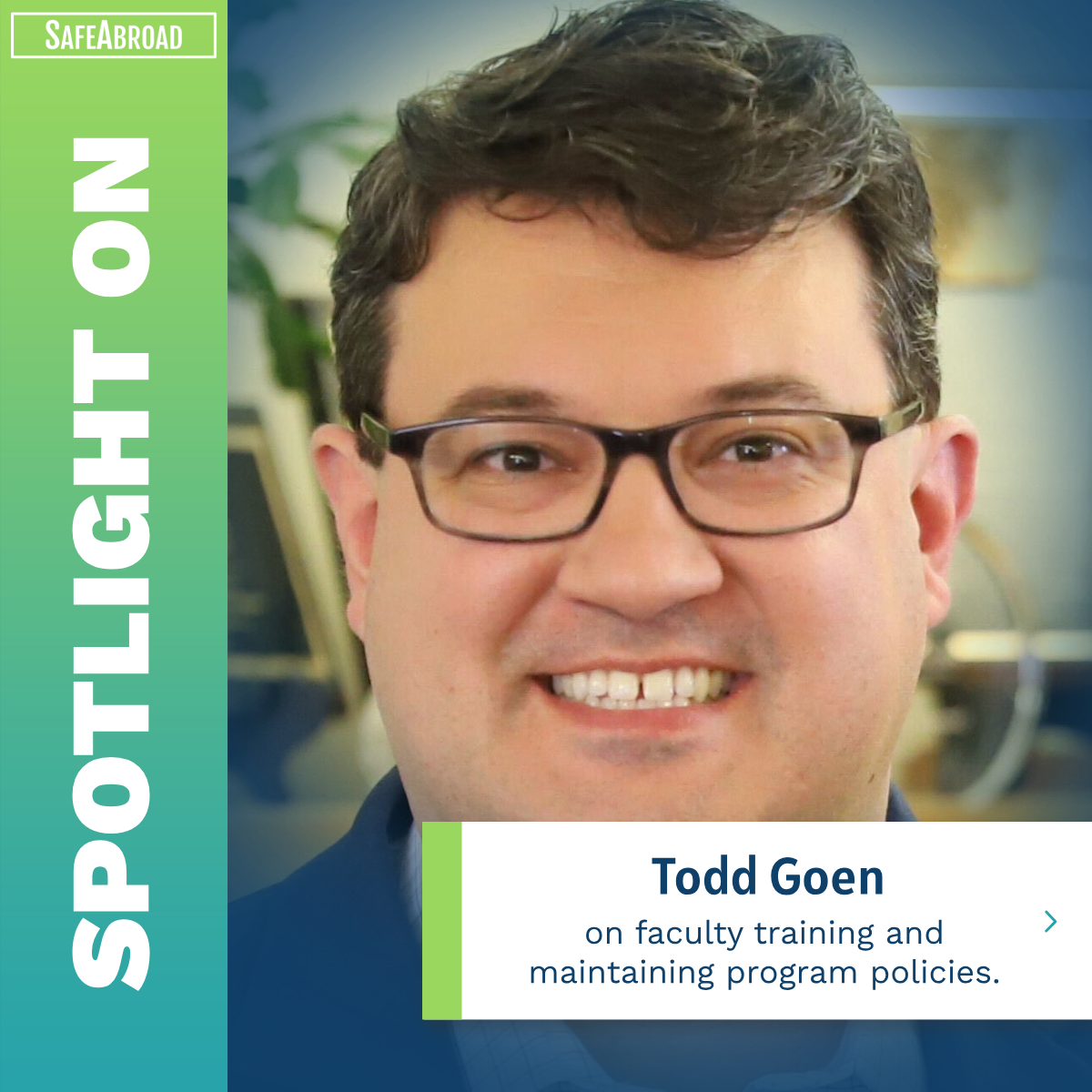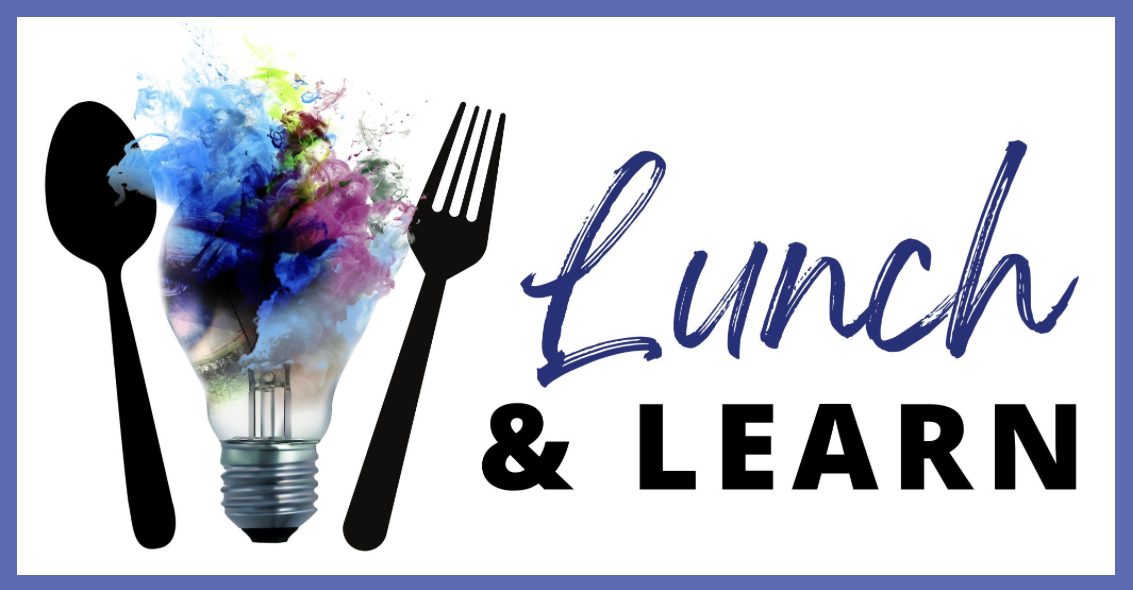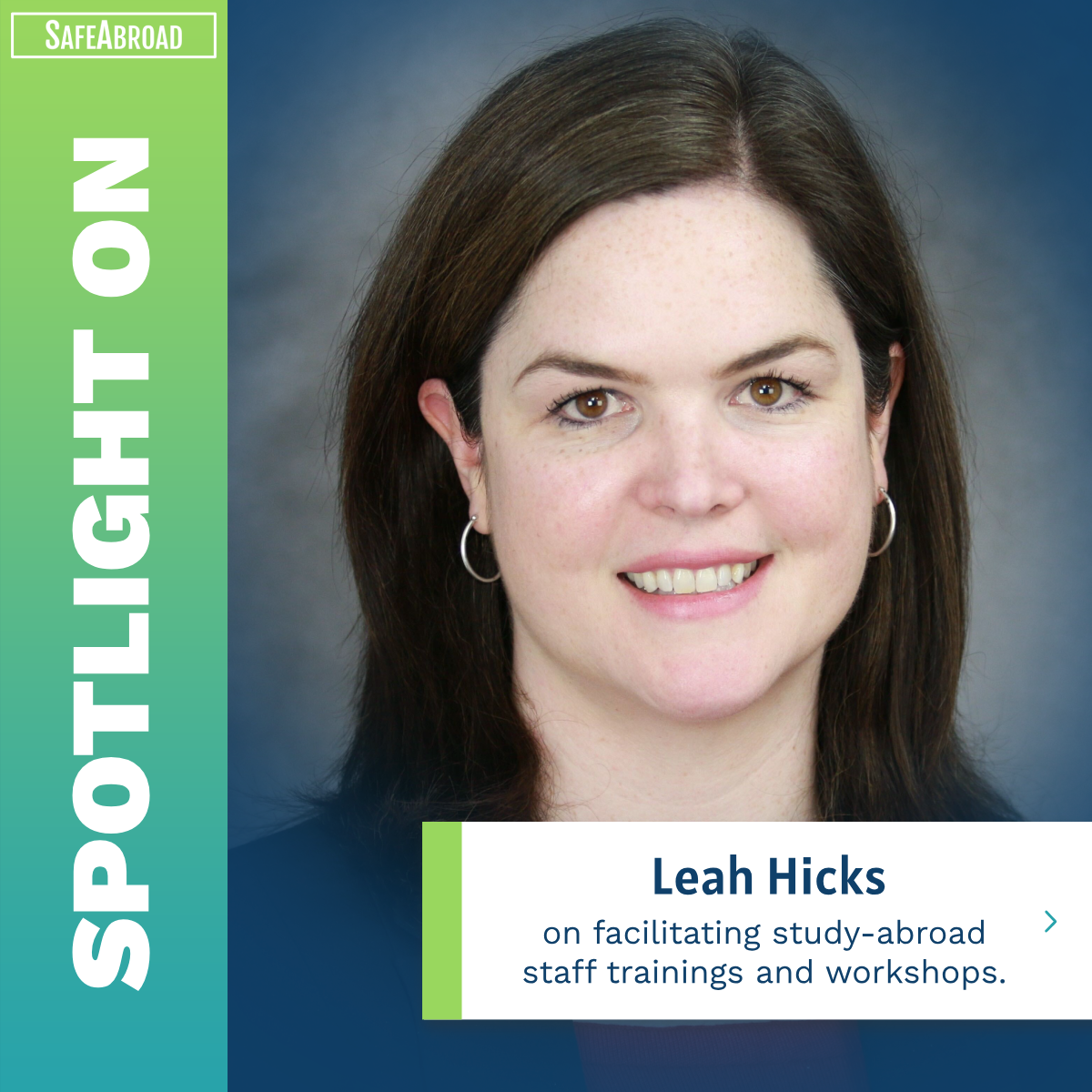What are some of the challenges you’ve encountered while you’re supporting groups of students traveling with faculty for research purposes?
There are a lot of challenges that come with this niche audience because our faculty are absolute experts in their field, but they are not expert administrators. My role is to help them navigate the travel requirements that we have in place, understand the context and reasoning behind these requirements, and remove as many barriers as possible for them. Part of my role is also being a connective hub for resources across campus. That includes emergency responses, but also proactive measures. For example, if I’ve got students traveling to Botswana to do wildlife research, they’re going to need specific vaccines. Students may not know this; so, I can make sure they know of this requirement and connect them with our travel clinic on campus. And, because their research as students is tied to faculty and their research, the vaccines will be free, knocking down that cost barrier for them.
I also focus on removing conceptual barriers for our travelers. 2024 is a complicated time, and students come from different backgrounds and they have different aspirations. As an international learning experience advocate trying to help connect students with the right opportunities, it can be a real challenge to convince students that something a little off the beaten path might be the better opportunity for them. The Global South offers a huge amount of learning opportunities and cost savings for some of our students, but the conceptual barriers of traveling to somewhere that is not Western Europe can be really hard to get past. So as, as the safety person, part of my role is helping people understand what the actual risk profile of a destination is, in hopes of making those less-traveled destinations more realistic. I use safety as an enabler, rather than a barrier.
What are some of the key responsibilities you handle as a one-person shop managing travel risk?
One of the challenges that I have in my work personally is I am a one-person shop, and my normal traveler portfolio is about 4500 travelers a year. Part of my work is prioritizing where we’re putting in an individualized effort into training, more proactively outreach, etc., and recognizing that there might be some more complex resource or support needs for certain travelers. One thing that I’m working to implement right now is a more comprehensive risk matrix to determine which locations we’re comfortable sending travelers with normal protocols, versus a list of places where we want to see what specific risk mitigation strategies students have in place before we authorize travel.
Could you share any instances where being a one-person shop has posed unique challenges, and how you’ve navigated them?
One of the drawbacks to being a one-person shop is I can’t do that research for my travelers. I can help them along the way. I can give them templates. I can tell them which normal protocols they have are conveniently also risk mitigations, but I can’t do the functional work for them, just because there are only so many hours in a day. Unfortunately, I often have to push my travelers to do a lot of that preparatory research themselves. Products such as country risk reports or site assessments from a vendor like SafeAbroad providing those resources make meeting requirements much more feasible.
As a one-person shop that’s doing this work, not only do I lean heavily on my institution’s resources, but external resources as well, whether that be the reports that SafeAbroad puts out or the community and benchmarking that OSAC provides or other resources and networks. Internally, we’ve had a great opportunity to partner with our environmental health and safety (EHS) team. Our EHS office offers specialized training to students; how to use the personal protective equipment required for specific fieldwork, how to safely navigate driving four-wheelers, how to use chainsaws, and so much more crucial training for very specific research trips.
How do you approach supporting groups studying vampire bats in Colombia for potential viral transmission to humans?
As an education advocate, I love the diversity of the research that my travelers are doing. We have one faculty member here who leads research specifically in viral transmission from animals, and vampire bats are the population that they’re currently studying. I’ve mentioned vaccines for wildlife research already, but from a physical safety perspective: this research takes place in Colombia, a country with an elevated risk profile. Something we require administratively before we authorize travel to an elevated-risk destination is a field safety plan. It’s a formal document that outlines what their resources, internal protocols, proactive preparations, and emergency response plans are well in advance of departure. It’s an intentional and important document that must be well-developed, and every single traveler needs to be a part of developing and fully understanding it.
Could you discuss the steps taken to address the issue of sexual assault abroad, and how you prevent similar incidents in the future?
Sexual harassment and sexual violence for students who are traveling abroad is a particularly difficult topic, because, in terms of studying abroad, not only are we talking about a population of students that is majority female or woman-identifying, we’re looking at a population that statistically has a higher likelihood of experiencing sexual harassment and/or sexual violence. It’s our responsibility as educators to make sure that our students have a realistic expectation of cultural norms in the space that they’re going, how to prevent those experiences, and what their resources are if something does go wrong. I work closely with our Title IX office, and unfortunately, we do have a wide breadth of reports that come from students studying abroad. One of the biggest issues I find for students and faculty in emergencies is, that while I can tell them that all the resources you have here on campus carry with them when they’re traveling, our travelers in crisis aren’t connecting those dots. So, when something does go wrong, they’re, they’re less likely to reach out for that connection or that support. One thing that we struggled with is, how do you make those resources more aware and readily available?
We try to partner with other offices on campus whenever possible. Our Women’s Center does a huge highlight for Women’s Month, so I go out of my way to make sure that we have international travel safety programming during Women’s Month. This year, for our women’s month, I put together a panel of women faculty members who have really deep experience in remote spaces. Unfortunately, the risk isn’t just the strangers. A lot of the risk when it comes to sexual harassment when we’re doing fieldwork is our coworkers within the group because you’re in those remote spaces. Being prepared and knowledgeable is the best preparation for sexual assault abroad.
What are some effective ways to empower students to report incidents abroad — whether it be harassment, misconduct, mental health struggles, or negative experiences — and how do you support them through this process?
This is one of the great challenges as a higher education administrator. I have a ton of really excellent resources and opportunities for my students, but it takes more than one instance of seeing or doing something before it’s ingrained in memory. In my role, I get one in-person presentation and one opportunity in writing to share all of this valuable information. I’m always trying to maximize the impact I have any chance I get. I have to be really intentional about our content about print material that we’re providing. Also, partnering with other offices on campus to make sure we have similar language and that we reference each other and we overlap.
We’ll always have the challenge of getting people to reach out when something bad happens. In my office, we provide printed and laminated emergency contact cards for our travelers for them to carry in their wallets. It’s got destination-specific information on one side, and it’s got the university’s general emergency resources on the other. We encourage them to download the university’s emergency app which has all their resources readily available. Redundancy is so important, and constantly flooding them with the materials to make reporting and finding resources as easy as possible is the best way to empower our students to reach out and utilize the support we offer.






